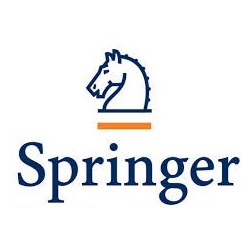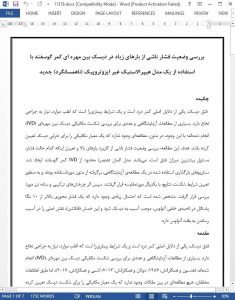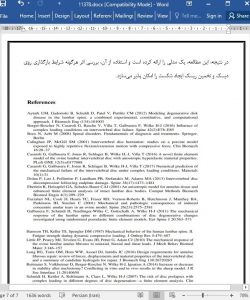Abstract
Disc herniation is one of the main causes of low back pain, and it is the pathologic condition for which spinal surgery is most often required. Many experimental and numerical studies have been conducted to investigate the mechanical failure of the intervertebral disc (IVD); however, there is not in the literature a study that defines a mechanical criterion for the disc failure. The aim of this study was to investigate the state of stress generated by the application of high loads and to define which state of stress was the most responsible for herniation. A finite element model of the ovine lumbar IVD was developed. The loading scenarios applied in an experimental study taken from the literature were applied, and the results compared to define the failure conditions. Then the effect of combined and simple rotations was investigated as well. It was found that an axial stress higher than 10 MPa in the posterior region of the annulus has a high probability of damaging the disc, and that flexion had a main role in damaging annulus tissue.
Introduction
Disc herniation is one of the main causes of low back pain, and it is the pathologic condition for which spinal surgery is most often required (Boos and Aebi 2008). In the past years, many experimental and numerical studies have been conducted to investigate the mechanical failure of the intervertebral disc (IVD) (Hansson et al. 1987; Dolan et al. 2013; Schmidt et al. 2007), but to the authors’ knowledge, there is not in the literature a study that defines a mechanical criterion for the disc failure. The experimental studies used different animal species and loading conditions (Callaghan and McGill 2001; Fazzalari et al. 2001; Wade et al. 2014); at the same time, the most of the numerical models represented the human disc and have many aspects of complexity due to the composite nature of the annulus fibrosus (AF) (Eberlein et al. 2001; Galbusera et al. 2011; Long et al. 2016). We believe that an anisotropic hyperelastic material is a good alternative for the representation of both the fibers and the ground substance to simplify the disc modeling.











